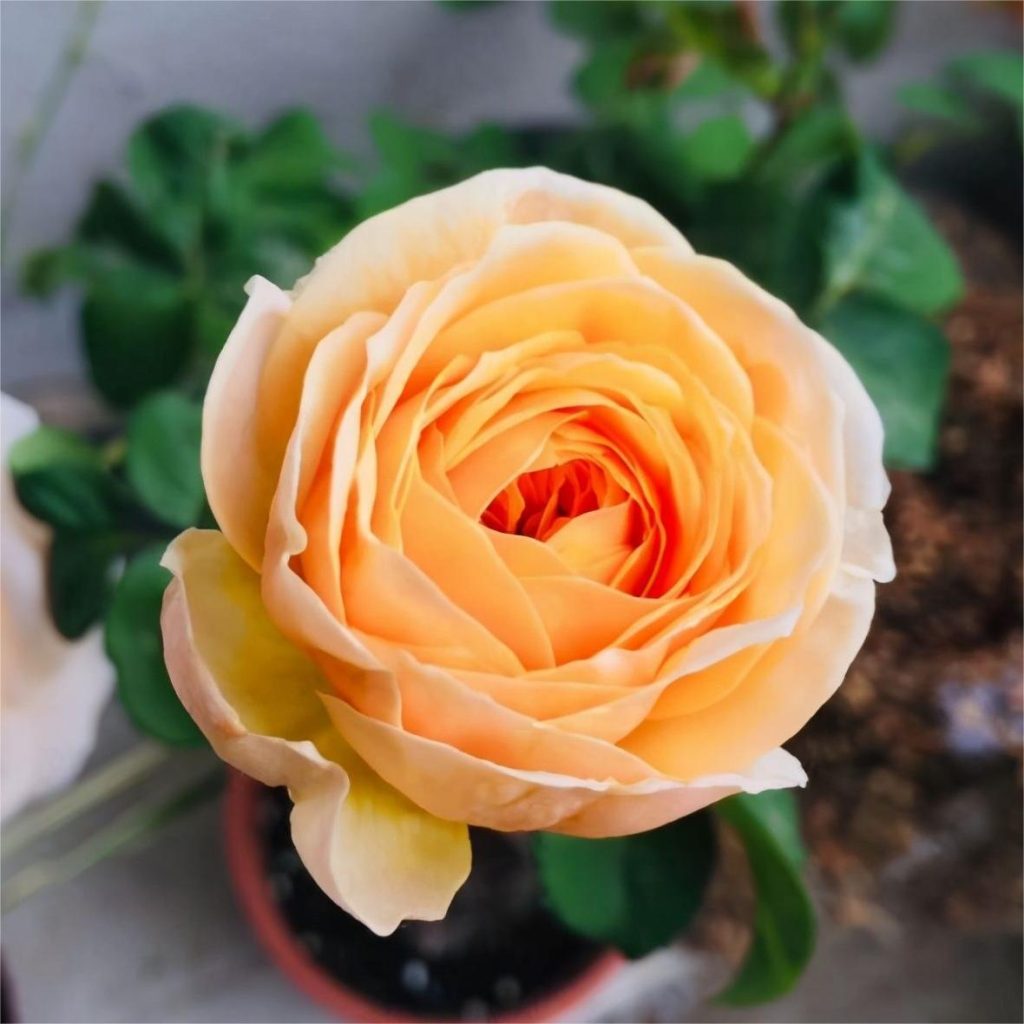The Juliet Rose, a globally renowned high-end rose variety, is loved for its unique beautiful blooms and rich fragrance. Not only is it a flower with high ornamental value, but it also has excellent adaptability, making it a favorite among horticulture enthusiasts and flower suppliers. If you are also a flower lover or involved in the floral industry, understanding the growth characteristics and nutritional needs of Juliet Rose is crucial. Below, we will explain in detail the main nutritional components, growing season, cycle, growth method, and environmental requirements of the Juliet Rose.

Main Nutritional Components of Juliet Rose
The growth of Juliet Rose relies on sufficient nutrients. The main nutritional components required include:
Nitrogen (N): Nitrogen is key to promoting the growth of leaves and photosynthesis in Juliet Rose. Appropriate nitrogen fertilization helps the plant carry out healthy photosynthesis, ensuring lush foliage.
Phosphorus (P): Phosphorus plays a vital role in root growth, flower bud development, and the vibrancy of the flowers. It helps the plant absorb water and other minerals more efficiently.
Potassium (K): Potassium enhances the Juliet Rose’s resistance to diseases and improves its ability to cope with adverse conditions, especially in hot and dry environments. It helps the plant maintain stable growth.
Micronutrients: Elements like iron, manganese, copper, and zinc are essential for the normal growth of Juliet Rose. They participate in metabolic activities, enhancing the overall health of the plant.
Juliet Rose Growing Season
Juliet Rose is a warm-season plant, with its optimal growth seasons being spring and summer. Spring is a crucial period for plant growth, as the warm weather and ample sunlight promote its development. During summer, it requires higher temperatures and appropriate humidity to ensure the blooms open beautifully and maintain their best appearance.
In contrast, during autumn and winter, the temperatures drop, and Juliet Rose enters its dormant period. While it can survive in some warmer regions during winter, protection is necessary to avoid cold damage.
Growth Cycle of Juliet Rose
The growth cycle of Juliet Rose typically lasts for one year, divided into several stages:
Germination Phase (Spring): During this phase, the Juliet Rose begins to sprout from the soil, growing new branches and leaves.
Growth Phase (Summer): With sufficient sunlight and water, the plant enters a rapid growth stage, developing lush branches and forming flower buds.
Flowering Phase (Late Summer to Early Autumn): Juliet Rose enters its blooming stage, where its beautiful pink or orange flowers bloom, becoming a highlight for ornamental purposes.
Dormant Phase (Winter): As winter sets in, the growth slows down, and the plant enters dormancy, reducing nutrient absorption and preparing for the next growth cycle.
Growth Method of Juliet Rose
Juliet Rose typically grows in an upright manner, with strong and sturdy stems that make it ideal for use as a primary plant in gardens, flower beds, or decorative settings. Its stems are firm, and its large and vibrant blooms make it suitable for both potted plants and large-scale garden planting.
Additionally, Juliet Rose can be pruned to promote branching and enhance its growth, leading to more vibrant flowers.
Environmental Requirements for Juliet Rose
To ensure the healthy growth of Juliet Rose, suitable environmental conditions must be provided. Below are the basic environmental requirements:
Sunlight: Juliet Rose requires abundant sunlight for vigorous growth, ideally receiving at least 6 hours of sunlight per day. Sunlight not only promotes photosynthesis but also boosts the plant’s disease resistance.
Temperature: The optimal temperature range for Juliet Rose is between 18°C and 25°C. A warm environment supports healthy growth. Extreme high or low temperatures can negatively affect growth and flower quality.
Humidity: Juliet Rose prefers relatively high air humidity, around 60%-80%. Adequate humidity helps with nutrient absorption and flower development.
Soil: Juliet Rose thrives in loose, well-draining soil with a pH level of 6 to 6.5. Soil with balanced acidity and alkalinity ensures healthy root growth.
Watering: Juliet Rose requires ample water, but it does not tolerate waterlogged conditions. Maintaining moist soil without overwatering is essential for its growth.
Conclusion
Juliet Rose is a beautiful flower that requires careful attention to detail in terms of care and environment. By understanding its main nutritional components, growing season, growth cycle, method, and environmental requirements, horticulturists and flower suppliers can better manage and cultivate this stunning plant. If you are considering growing or supplying Juliet Rose, mastering these essential pieces of knowledge will help you succeed in flower cultivation and sales.

